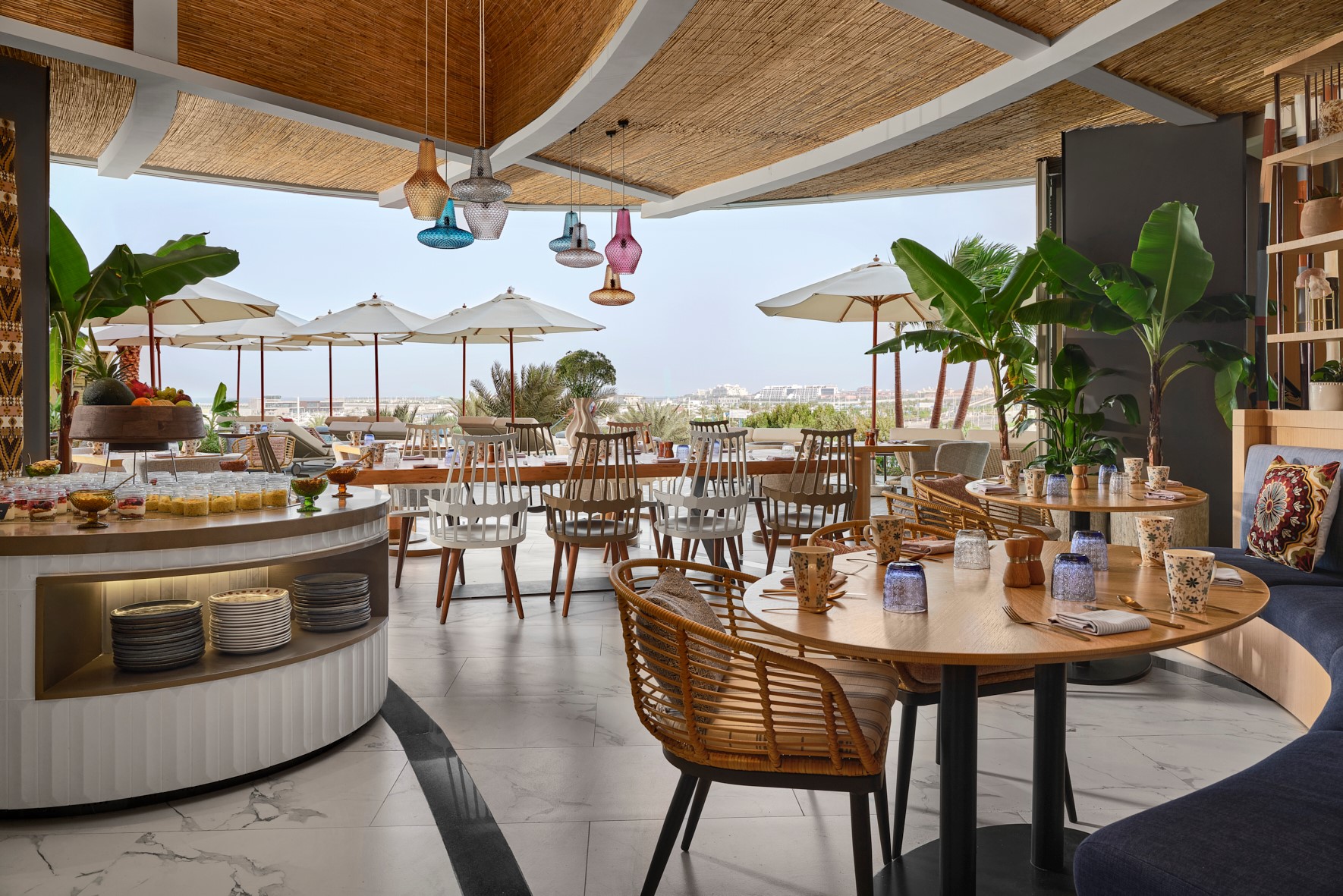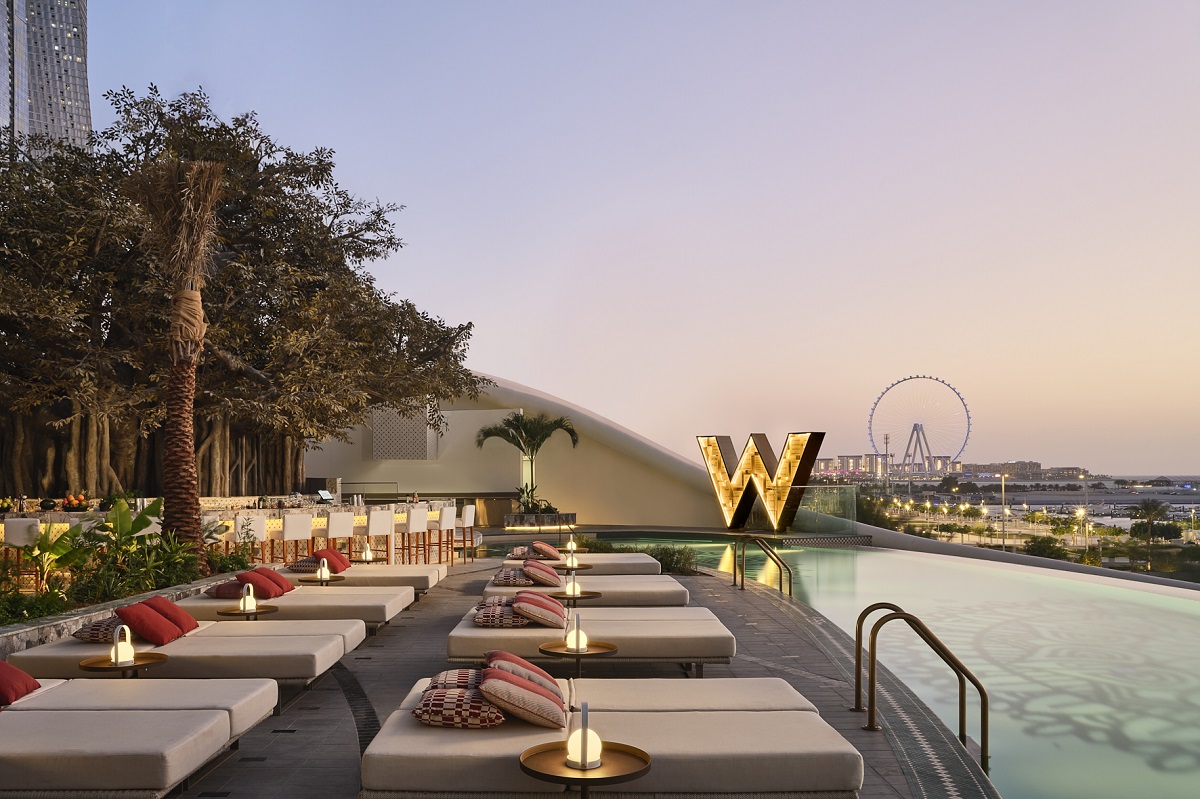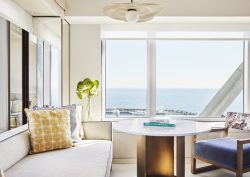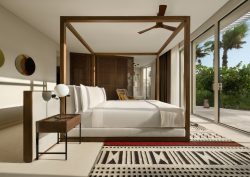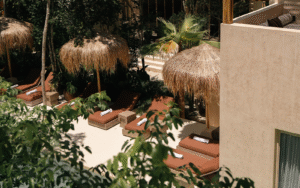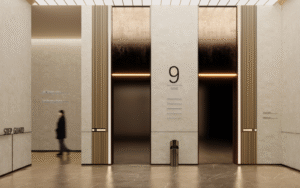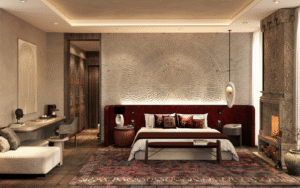The bold designs that have come to characterise the work being delivered off the drawing boards of the BLINK Design Group are being rolled out across the globe, impacting on our understanding and experience of hospitality design – this is in no small measure due to the creative energy of its founder Clint Nagata, who kindly took time out of his very busy and very global schedule to satisfy our curiosity and answer a few questions...
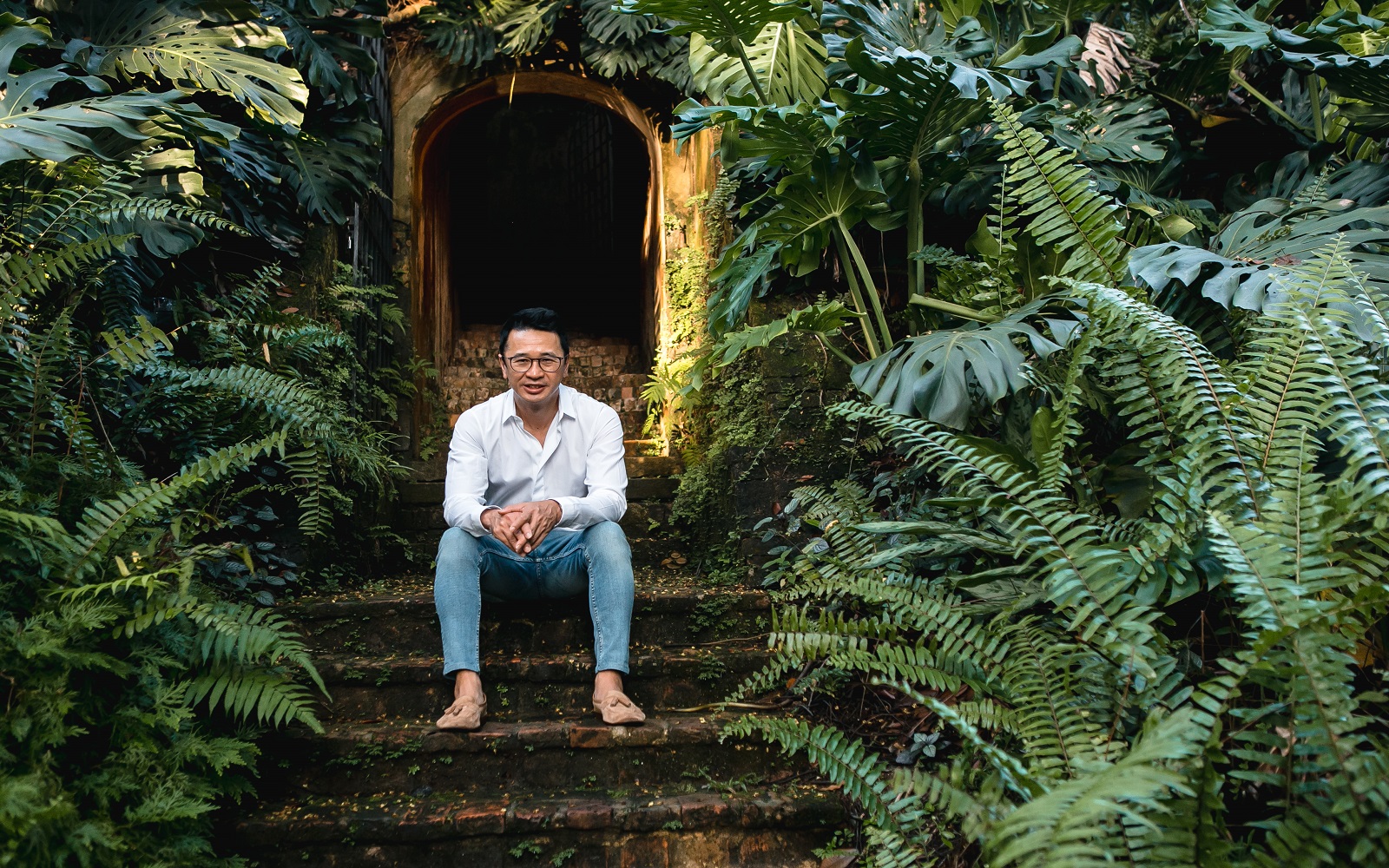
Since setting up his own studio in Bangkok in 2006, Clint Nagata as founder, has been the force behind BLINK which now has three studios and an impressive rollcall of clients and projects, along with more than a few design awards collected along the way. The studios are characterised by a sense of collective creativity, and despite an obviously demanding schedule, Nagata remains an intrinsic part of the process, overseeing every project from concept through to completion.
Before exploring the most recent design to come out of the BLINK studio – the W Dubai Mina Seyahi– we took a few steps back…
Pauline Brettell: Before opening your own studio, you were with WATG in Hawaii – you left to establish BLINK Design Group in 2006. What prompted that move, and made it the right time for you in your design journey to open BLINK?
Clint Nagata: I will be forever grateful for the years at WATG, especially working with my mentor, Don Goo, and ending up becoming the youngest partner in the firm. Despite this, in my mid-thirties I realised that I wanted to create my own firm and relocated to Bangkok, where I founded BLINK. The name is homage to Malcolm Gladwell’s book ‘Blink: The Power of Thinking Without Thinking’ that emphasises the power of first impressions. For me, it is that first impression – when you meet a new client or visit a site – that spurs the entire creative process. Since it launched, BLINK has been focusing solely on luxury lifestyle hotels and resorts, and now is turning to luxury residential designs too.
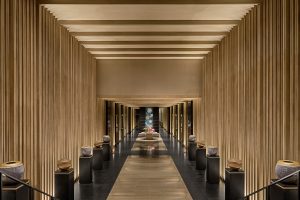
Image credit: BLINK Design Group
PB: Why did you launch the studio in Thailand?
CN: I was and I am still attracted to the arts, culture and vibrancy of Asia. In Thailand I found many talented, creative designers who are a joy to work with.
PB: What was the first project you completed as BLINK Design Group?
CN: Conrad Sanya Haitang Bay in China.
PB: Since opening that first studio in Thailand, you now have offices in Bangkok, Shanghai and Singapore – do the studios work collaboratively or do they focus on their own projects?
CN: Our studios work collaboratively, and we share work across the teams to ensure that each project and client get the most appropriate resources. Currently the teams are working together on several projects across the globe, from Spain to Bora Bora and everywhere in between!

Image credit: BLINK Design Group
PB: The concepts of travel, experience and the journey are all recurring references in your work – can you discuss this a bit more?
CN: At BLINK we are committed to translating our clients’ visions into remarkable pieces of architecture inspired by travel experiences and cultural encounters. The first step of the creative process is listening: we need to understand why our clients choose a specific location, what’s the history behind it, how the local community interprets the place, and how guests could connect with it. We invest a lot of time in this preliminary phase of the process.
We then dive into local traditions in search of ideas that will inform our contemporary projects: we take inspiration from cultural elements, indigenous materials, traditional craftsmanship and local artworks. The result is a design that reflects the intrinsic qualities of a place through the eyes of locals.
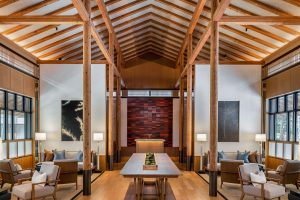
Image credit: BLINK Design Studio / Ben Richards
PB: Your design for Roko Kyoto was awarded the Kohler Bold Design Award – can you talk us through this design; its story, its challenges, and how you created that balance between the traditional and the contemporary in the design.
CN: We designed Roku Kyoto – Hilton’s first LXR Hotels & Resorts branded hotel in Asia Pacific – with the discerning traveller in mind, someone who is after what I like to call a ‘sense of place’. We knew that Hilton and the owners were seeking a one-of-a-kind design concept, a resort that would stand out from the crowd while also blending into the landscape. For us, every space is a journey created by people and places: this is why we took inspiration from Kyoto’s rich heritage, organic beauty and Zen philosophy to create something that is both authentic and cutting-edge, elegant and contemporary.
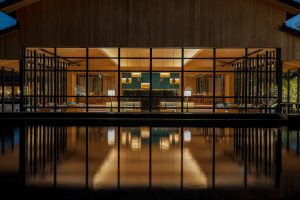
Image credit: BLINK Design Studio / Ben Richards
Nestled at the foot of the Takagamine mountains by the Tenjin River, the hotel is a never-ending exploration of Kyoto’s landscape and the simplicity of Japanese craftsmanship. It features 114 beautifully appointed rooms and suites, a restaurant, a spa, maples and cherry trees gardens, and a heated outdoor pool. We strived to weave the local aesthetic into every aspect of the resort’s interiors, from the lobby and pavilion-style dining area to the wooden tea lounge, the serene wellness centre and all contemporary rooms and suites, which exude a sense of minimalistic grace.

Image credit: BLINK Design Group
PB: Moving on to W Dubai Mina Seyahi – there are very clear references inspired by the locale and culture and crafts – what was the starting point and how did these ideas surface?
CN: The ‘Port of Travellers’ – an ancient copper trade hub where the hotel is located – was our overarching inspiration: we set out from the ground up to imbue W Dubai – Mina Seyahi with the soul of storytelling and the spirit of the souk, a place for people to meet and share stories. The concept translated into guest rooms and suites laden with lavish touches and hints of intrigue, adventure and romance. From treasure-chest-like bedside tables to white leather bed headboards – with ribs and shapes inspired by swooping shape of the traditional Dhow boats – fabrics with motifs drawn from local calligraphy and lights that resemble the Arabian Nights’ ancient lanterns, nods to the Arabic culture are peppered throughout. The element of surprise extends to the walk-in closets, closed with billowing curtains in a gradient of sunset colours, echoing the hues of the bay. Here, we played with the philosophical theme of the secrets behind the veil. The storytelling continues in the bathrooms via a calligraphy motif, with bold black and white colours to echo ink and paper. The bathrooms also feature a seating area, encouraging long bathing rituals, and conversation.
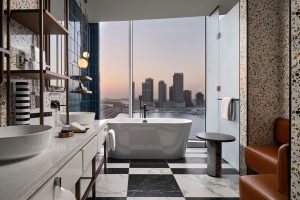
Image credit: BLINK Design Group
PB: What was the biggest challenge in this design?
CN: Cost and time have always been a challenge for designers, and the pandemic exacerbated this especially in Asia. Clients need things designed and built within very challenging timelines and budgets.
PB: Do you have a personal favourite element or space in the W Dubai?
CN: My favourite space in the hotel is the restaurant, Ginger Moon. I love that you feel like you’re at a beach club but you’re still in the city’s vibrant heart. The eclectic interiors connect seamlessly with the terrace and pool, but guests can still find many quieter spaces tucked in between.
QUICKFIRE ROUND
PB: Best hotel to be a guest? CN: Any of the Aman properties
PB: Most inspiring hotel design? CN: The Puli, Shanghai
PB: Design icon? CN: Geoffrey Bawa
PB: Favourite country to work in? CN: Thailand
PB: Cake or caviar? CN: Caviar
PB: On your website, it states: “Currently, we are collaborating with a new era of hospitality entrepreneurs. By sharing their energy and imagination, we are challenging ideas and making spaces that reward each client and reach every guest.”
Can you elaborate on this – what are the differences in this ‘new era of hospitality’, and what are the ideas that are being challenged?
CN: When we say a ‘New Era of Hospitality Entrepreneurs’ we refer to our clients who are from HNW families and have now ventured into the hotel business and are looking to define their niche in a rather crowded marketplace. We are enablers in helping these young entrepreneurs tell their story. Our goal is to take them on a creative journey and define a bespoke design that cannot be repeated or duplicated.
In a world where travellers have seen it all and eschew luxury for luxury’s sake, there is a desire for experiences steeped in simplicity, authenticity, sustainability and a perfectly imagined ‘sense of place’. Bringing all of this to life is our mission. We do everything we can to build our hotels in an environmentally respectful way, integrating the surrounding nature with our designs to the point that they’re both reciprocally enhanced.
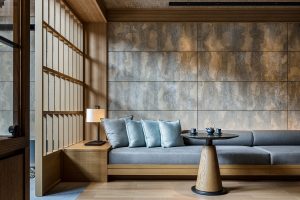
Image credit: BLINK Design Studio / Ben Richards
PB: If you had to choose one design to be remembered by – which one would it be?
CN: Roku Kyoto. Its design is, in many ways, close in spirit to who I am as a person.
Main image credit: BLINK Design Studio






